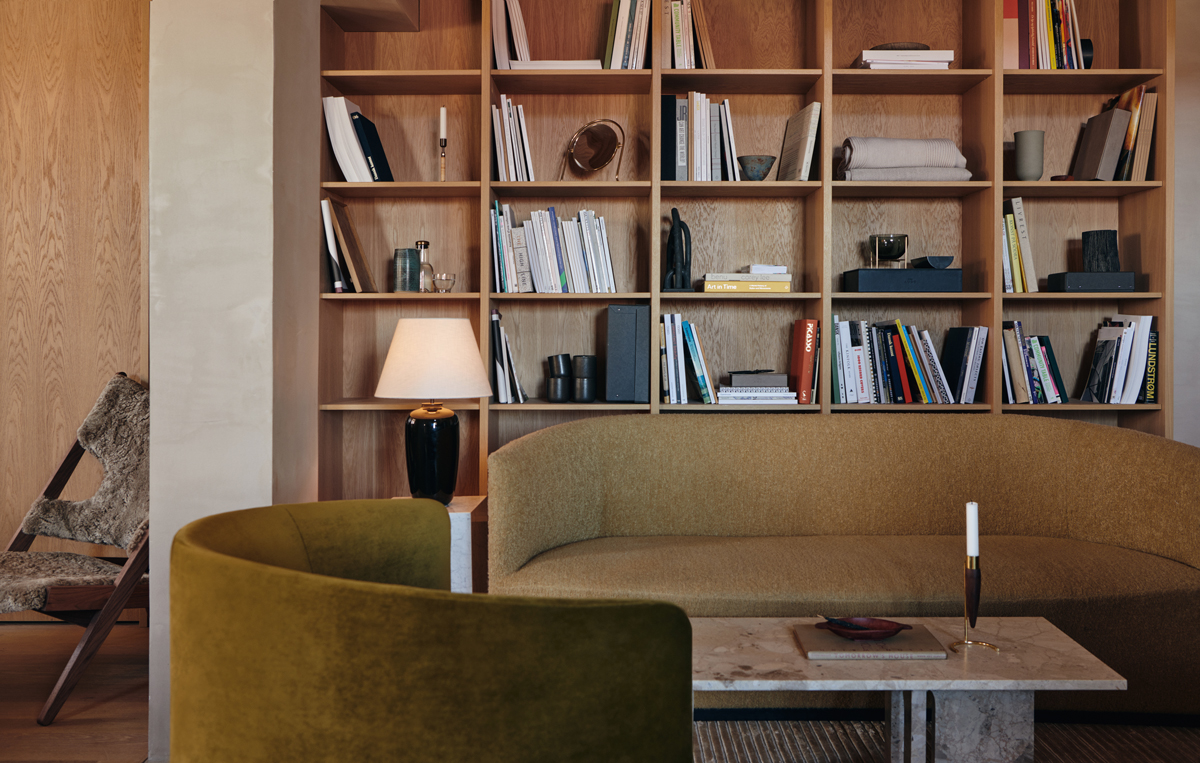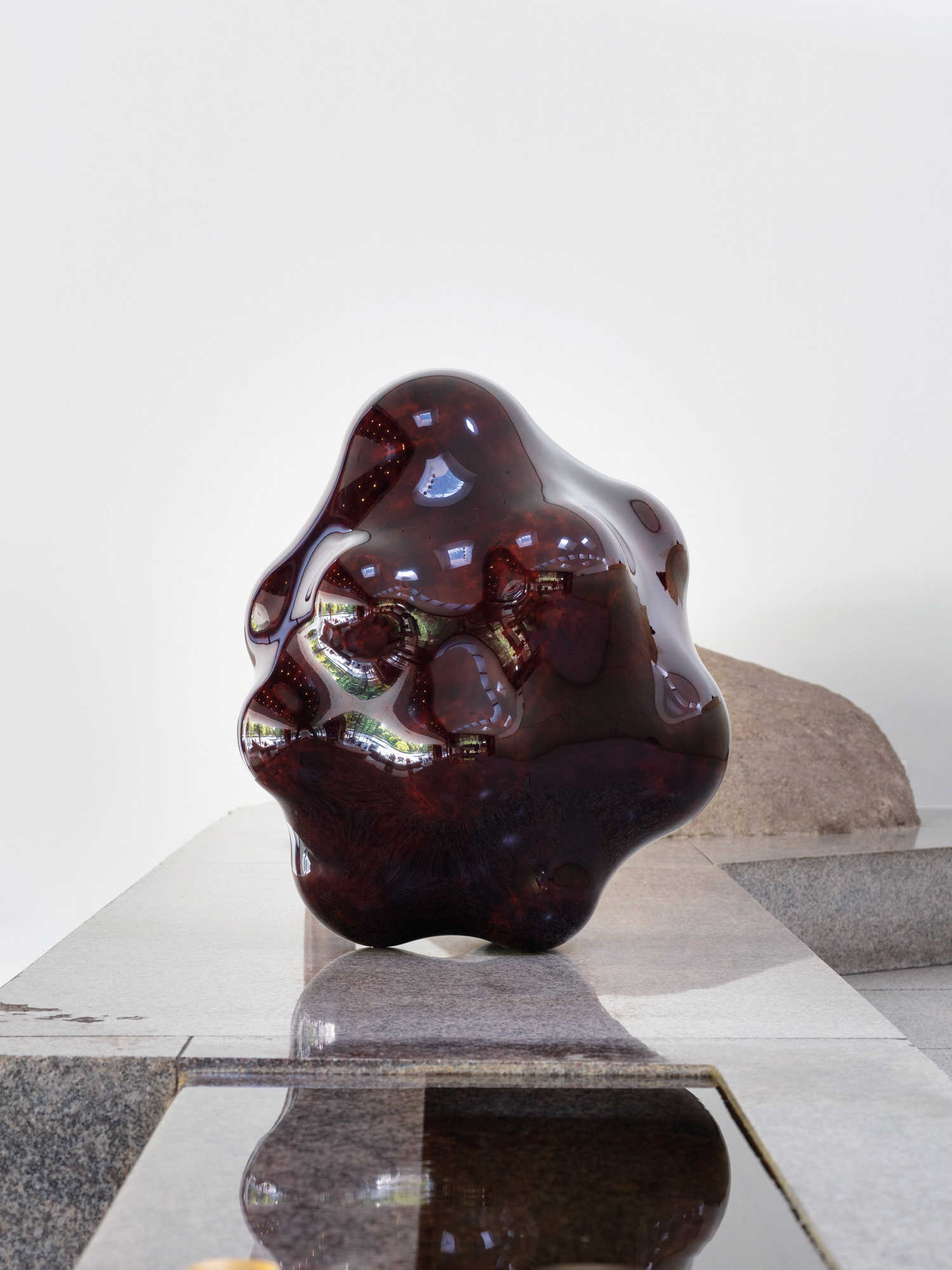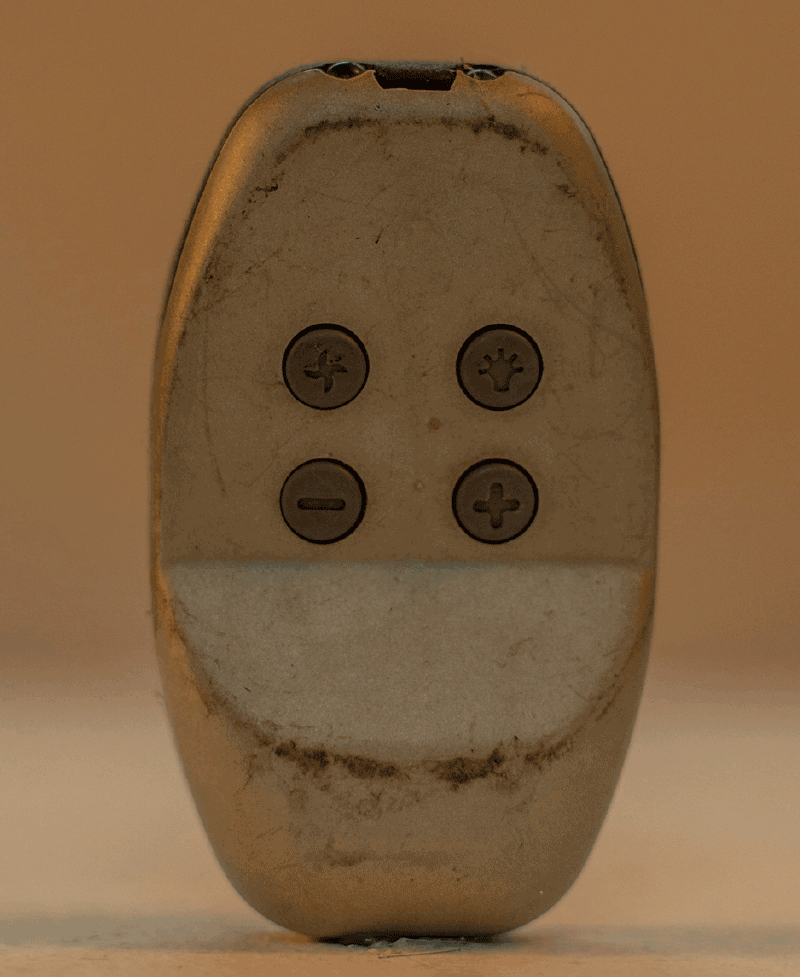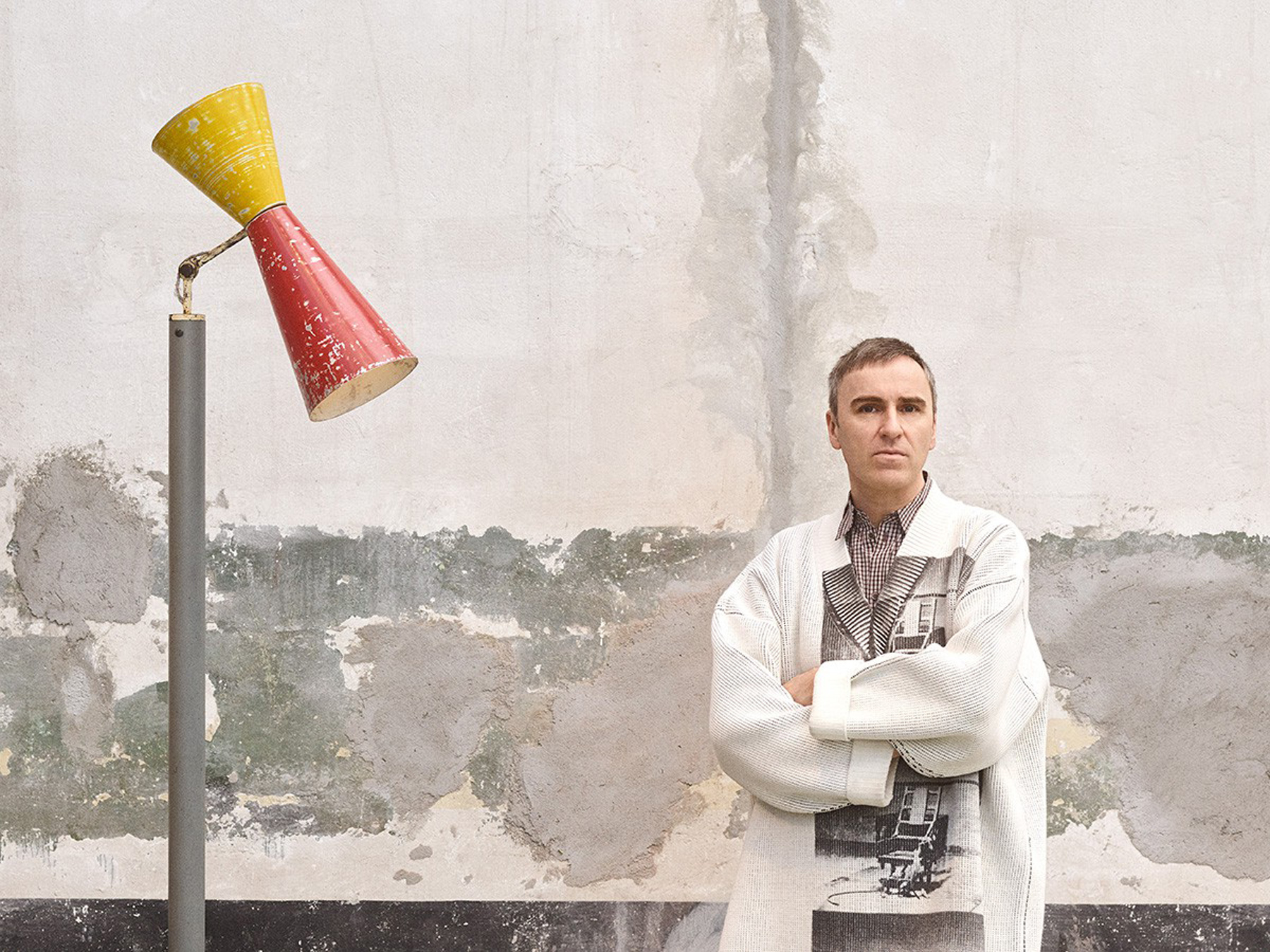1.
There is something out there—a new spirit, or subculture—that dislikes the new. Perhaps as the outlines of climate crisis come into focus, with pandemic, catastrophic fires and weather events, it is harder to ignore the obvious link between novel goods and a threat that is becoming non-abstract. There is likewise a drift away from the pleasures of disposability, a desire to keep and repair things. But this desire meets with a resistance—and not least from the things themselves.
The looming battle over Right to Repair laws is a very current example. Surprisingly, the fact that you own a smartphone (or a tractor) does not give you the right to fix it when it breaks, or choose who does. In 2021, more than 15 U.S. states are debating legislation that would make it permissible for people to mend what they buy. The authors of the American constitution, when enshrining rights to property, probably did not predict that property would one day have rights of its own. Increasingly, objects are given the legal status of semi-personhood: at least, they can stipulate, in the lengthy EULA agreements that you and I never read, exactly how they can be used. Part of what they demand is the right to obsolescence: the “do not repair” is the robotic analogue of “do not resuscitate.” This is, of course, designed to ensure that we throw away and replace. We late moderns have an increasingly unrequited love for commodities; the more we aspire to own them totally, the more they retreat into an ownership of themselves. Even more, an “Internet of Things” is said to be just around the corner: solicitous appliances that can email us at the office, nag one to engage with them, or gently remind if they are not used frequently enough. It sounds nightmarish and increasingly, by contrast, people seem simply to want to keep what goods they already have, to fix them when they fail, and to possess them completely.
This (perhaps nostalgic) desire does not diminish the emerging personhood of objects, however. Very often, we grant a kind of animistic power to long-held articles, also. After all, we have invested ourselves in them and created affective relationships with them. In many so-called “traditional societies,” you can bewitch someone if you get hold of one of their personal effects. The more habitual or intimate the latter, the more powerful. This concept—part of what has been termed “sympathetic magic”—holds that ownership goes both ways. This is a very old idea, shared by many cultures still: our purchases have a purchase on us, too.
We are sentimental about old things, and perhaps the more so as we, ourselves, get older. Objects are never simply objects, and even the cool ascetic modernists among us (the folks with those impossibly empty apartments) are not as free of this romanticism as they might seem. On the contrary, the desire to own less is also an acknowledgement of thingly power. Is it a coincidence that every minimalist interior has one or two breathtakingly expensive pieces of furniture or art in them, or convincing knock-offs? Many of the architects that produce these chic voids live among piles of musty books, Japanese pottery, or Persian carpets.
The act of throwing stuff away has a ritualism that best acknowledges the power of the material world. We can think back, to what now seems like a pre-COVID Eden, and consider the Marie Kondo phenomenon. Kondo insisted that middle-Americans address impulse-purchases with the tenderness of the Shinto animist: confronting them with gentle honesty, confessing that they bring no joy, thanking them for their service before placing them on the “give-away” pile. One had to be a real scrooge not to enjoy watching the petit-bourgeoisie cultivate “empathy” for material clutter—and best of all in that post-tidy calm, where the host family sits beatific and testifies to their newfound faith in owning slightly less.
It is not far-fetched to view the viral success of Kondo's spiritual and custodial purging as a collective desire for the return of our self-determination. Ejecting one's baggage certainly feels like an attempt to restore an unencumbered being. This is a backlash against the congestion of the moment, and a pursuit of mental sovereignty. As formerly with badly behaved dogs and children, the anxiety of hyper-accumulation seemed, at least on TV, to be first among “first world problems.” Of course, we might ask if purging really exorcises our "possessions,” those claims made upon us by the things we own. Those who find joy here may simply be making space for the next binge. Or we may, in all the Kondo-ing, be seeing a regime change: a shift toward seemingly immaterial offerings of the emotive and experiential. As New York app-magnate Josh Koppel said (in Warhol-ese) when he held the first iPhone, “I realised that every single thing in the world was going to be sold one more time.”
2.
None of this would surprise Karl Marx, for whom the capitalist world was a shadow-play of haunted things. Animistic power was always the potential of the commodity.
The latter was a deeply “theological” and mysterious object, which combined its practical use with a whole world of cultural aspirations, nostalgia, and myth—in effect, any aspect of what we could think of as value. Marx called this “fetishism” to explicitly invoke cultic power. As the commodity took over the world, the social relationships among humans increasingly appeared, in a reverse-image, as an intercourse among objects themselves.
"As the commodity took over the world, the social relationships among humans increasingly appeared, in a reverse-image, as an intercourse among objects themselves."
Marx, famously, used the language of specters to describe this new world. Things-for-sale had a ghostly character. Gothic horror of the time, in the works of Poe and others, also assumed a closeness of spirits and personal objects. It is a common trope, even in today's scary movies, that a visitation begins with the discovery of some old object, left in an attic or buried in the ground. There is not just a price tag and a quantity of labor, but a ghost in every thing. The “soul” of the commodity is particularly mysterious, Marx says, because we do not realise that it is our own, abstracted. We put it there. The commodity is a double-object: inside its banal and useful exterior lies a world of mystery, a cultural life.
Peter Stallybrass beautifully explained this double-life of the commodity via a tale of Marx's own coat. This was a source of incredible anxiety for the German émigré, as it was at once a source of warmth, an object of value, and part of the dress code that allowed him entry into the British Museum library to do his life's work. As an object of monetary value, it was continually pawned to buy food, candles, and household supplies. When paid for a newspaper article, Marx would retrieve it to enjoy its practical and social benefits (including, ironically, being able to work on one or another volume of Capital). As a result, the old coat was constantly being maintained: cleaned, darned, patched. It was the key to material and social survival.
In our world of flash-everything, where a full suit or an Eames chair can be bought for under a hundred dollars, old things have an odd status. The desire to patch and repair, and the struggle for the right to do so, is not a matter of maintaining their exchange-value. We keep things for other reasons. For some, it is the association with a particular time or person. For others, it is a statement about other kinds of value. An “analog” object (a vinyl record, most typically) can act as an assertion that materiality is still important. Not least, that there is a basic value to longevity, or to continuity, or to fixing what is broken. This can, of course, be sentimental or highly conservative; it can just as easily be paired with progressive concerns for labor, or for ecology.
Regardless, I have detected, of late, a re-affirmation of vows between our selves and our objects. That is to say, a slight, but visible, tightening of reciprocity. Things are coming out of hiding, emerging on media feeds: old things, storied things, remade things. We are still clearly at struggle with them and with their unknown interiors, their true substance, that strange gravity.
Jasper Chia, Creative Director, FUUR.
70s Blue Chair
This chair is a gift from my ex-wife who bought it from a collector that lived three streets away from my place in Katong near the Frankel estate. I believe the piece was produced in the 70s as I recall seeing furniture like this while growing up. It’s heartening to see that this minimalist aesthetic is still so appealing after so long. It now resides on my balcony, and its blue and yellow rubber coil is a nice complement to my main gate which is also blue.
Yah-Leng Yu, Founding Creative Director, Foreign Policy Design.
Assorted Vintage Electronics
I am an avid collector of vintage cameras and the ones here form part of my collection which I’ve started acquiring since the 1990s when I was living in the US. They were either bought on eBay or at flea markets. The National Panasonic Radio was acquired from Mohammad Ali Lane where our old office was situated.
John Lim, Founder, This Humid House.
Preserved Hammerhead Shark Foetus
I first bought this on eBay in 2002 and it sits on the desk of every home I lived in since then. It is from a beachcomber in Florida who was morbid enough to open the belly of a clearly pregnant hammerhead shark that had washed up ashore and preserved 20 of the pups he found inside. In a way, this is my very own baby Damien Hirst! The hammerhead shark is my favourite shark and I’ve been so intrigued by its perculiarity ever since I was a child. I knew I had to get it the moment I saw it and it encapsulates everything I love about nature.
Pann Lim, Creative Director, Kinetic.
Enzo Mari Formosa Perpetual Wall Calendar
After my first son was born in December 2003, I bought this Formosa perpetual wall calendar. It is designed by my favourite designer, Enzo Mari. This object is an amazing creation designed in 1963 and it is an icon of modern Italian design. In our home, it is not used as a daily wall calendar and instead serves as decoration and as a special reminder of important dates in our family like my wife’s birthday on 27th April or our wedding anniversary on 1st September. We also use it to commemorate my late father’s death anniversary.





